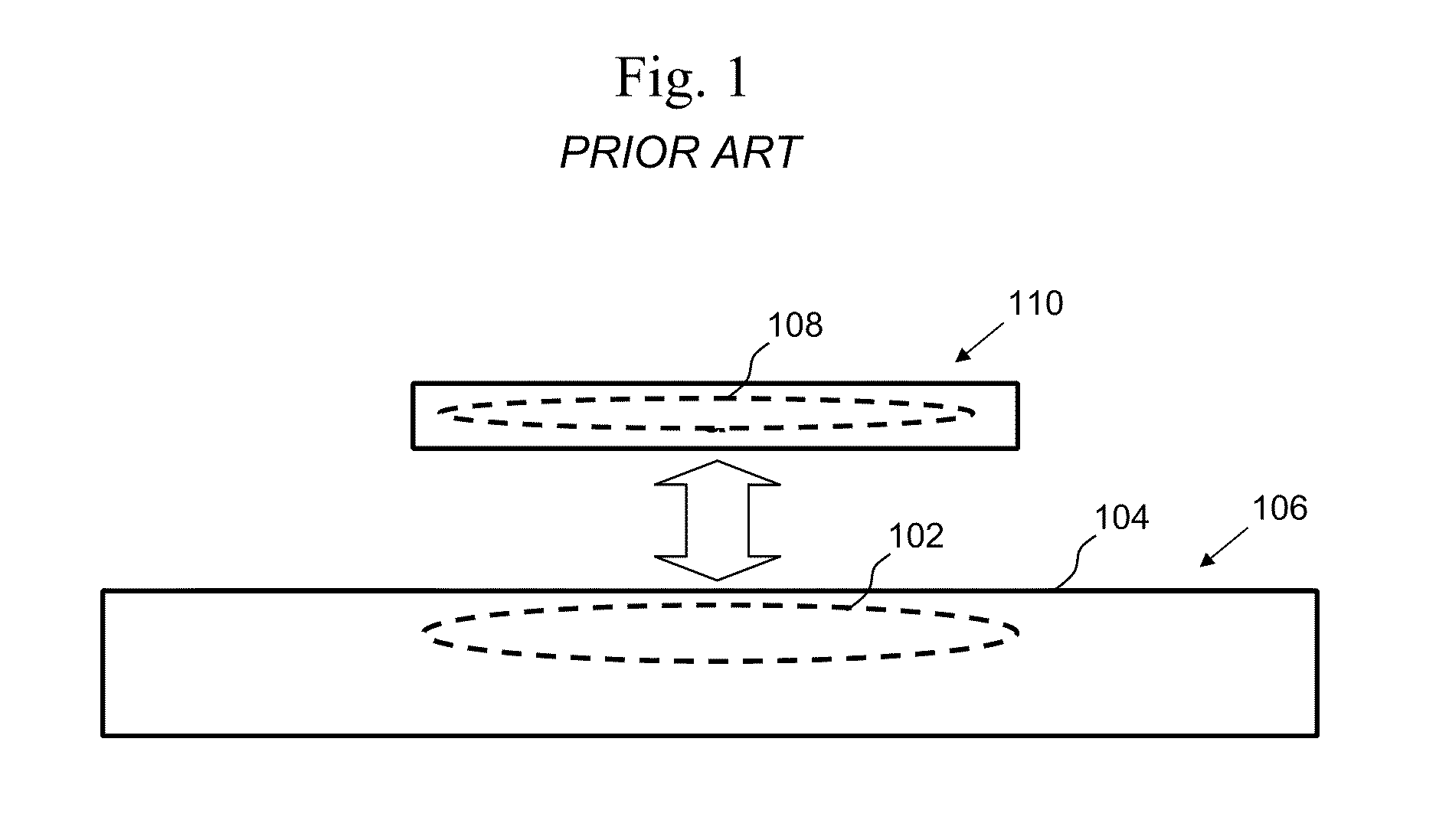Selectable coil array
a coil array and coil technology, applied in the direction of mobile unit charging stations, transportation and packaging, and battery arrangement for several simultaneous batteries, can solve the problems of limiting the operation of the charger with one secondary device, restricting the spatial freedom, and limiting the spatial freedom of the inductive power supply, so as to facilitate efficient power transfer and increase the general effect of wireless power transfer efficiency
- Summary
- Abstract
- Description
- Claims
- Application Information
AI Technical Summary
Benefits of technology
Problems solved by technology
Method used
Image
Examples
Embodiment Construction
[0044]A multi-layer coil array system in accordance with an embodiment of the present invention is shown in FIG. 8A. Other multi-layer coil array systems in accordance with additional embodiments of the present invention are shown in FIG. 11 (line multi-layer coil array) and FIG. 15 (rectangular multi-layer coil array). The multi-layer coil array system provides a charging surface where one or more remote devices can be placed in order to receive wireless power. In each of the current embodiments, the multi-layer coil array system includes an inductive power supply, a multi-layer coil array, and a controller programmed to selectively energize one or more coils within the multi-layer coil array in order to transfer power wirelessly to a device placed on the charging surface.
[0045]FIG. 3A-C illustrates a cross sectional representation of an inductive power system and shows the effects of field cancellation with secondary misalignment. FIG. 3A illustrates how magnetic flux flows around...
PUM
 Login to View More
Login to View More Abstract
Description
Claims
Application Information
 Login to View More
Login to View More - R&D
- Intellectual Property
- Life Sciences
- Materials
- Tech Scout
- Unparalleled Data Quality
- Higher Quality Content
- 60% Fewer Hallucinations
Browse by: Latest US Patents, China's latest patents, Technical Efficacy Thesaurus, Application Domain, Technology Topic, Popular Technical Reports.
© 2025 PatSnap. All rights reserved.Legal|Privacy policy|Modern Slavery Act Transparency Statement|Sitemap|About US| Contact US: help@patsnap.com



